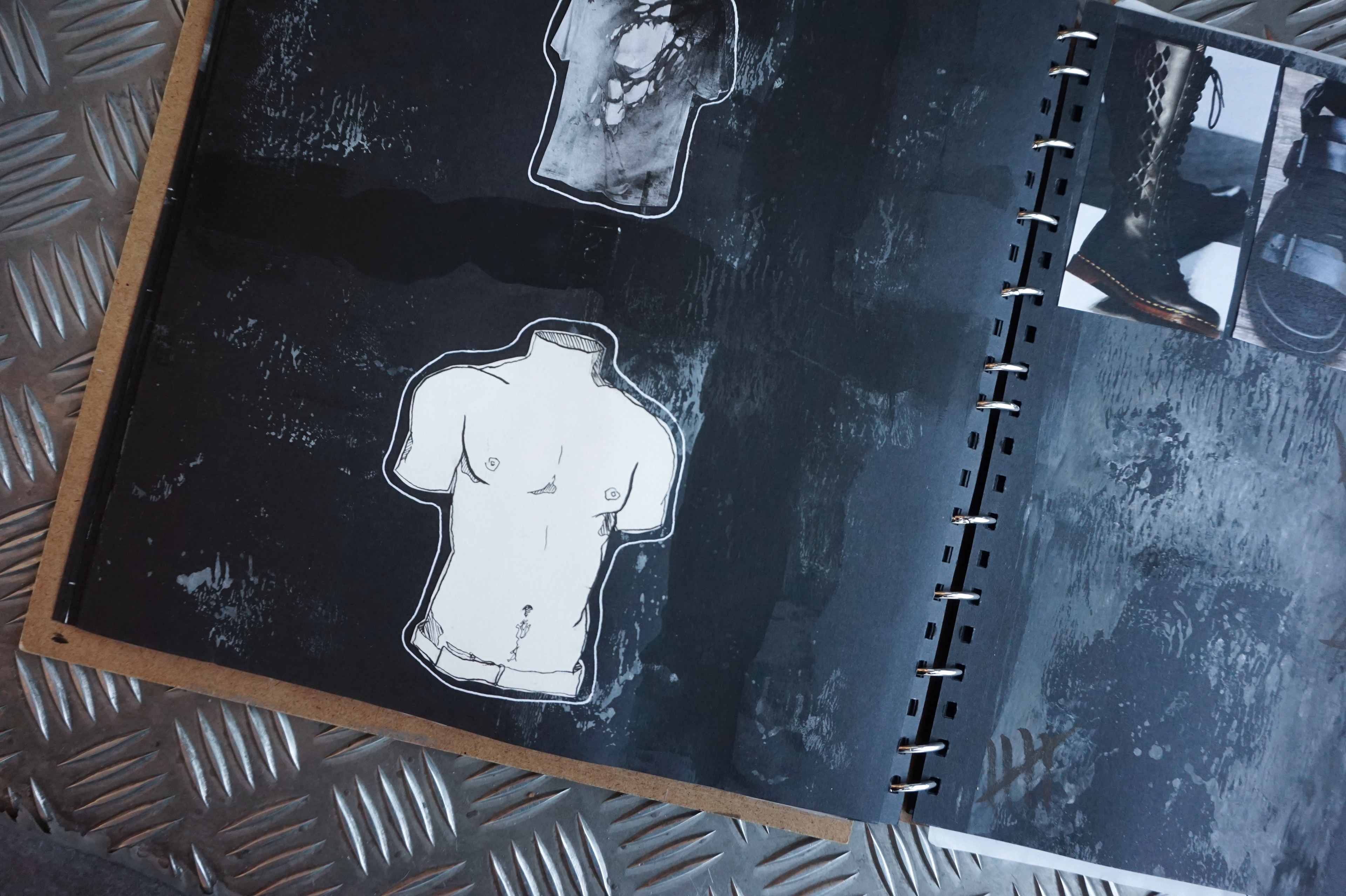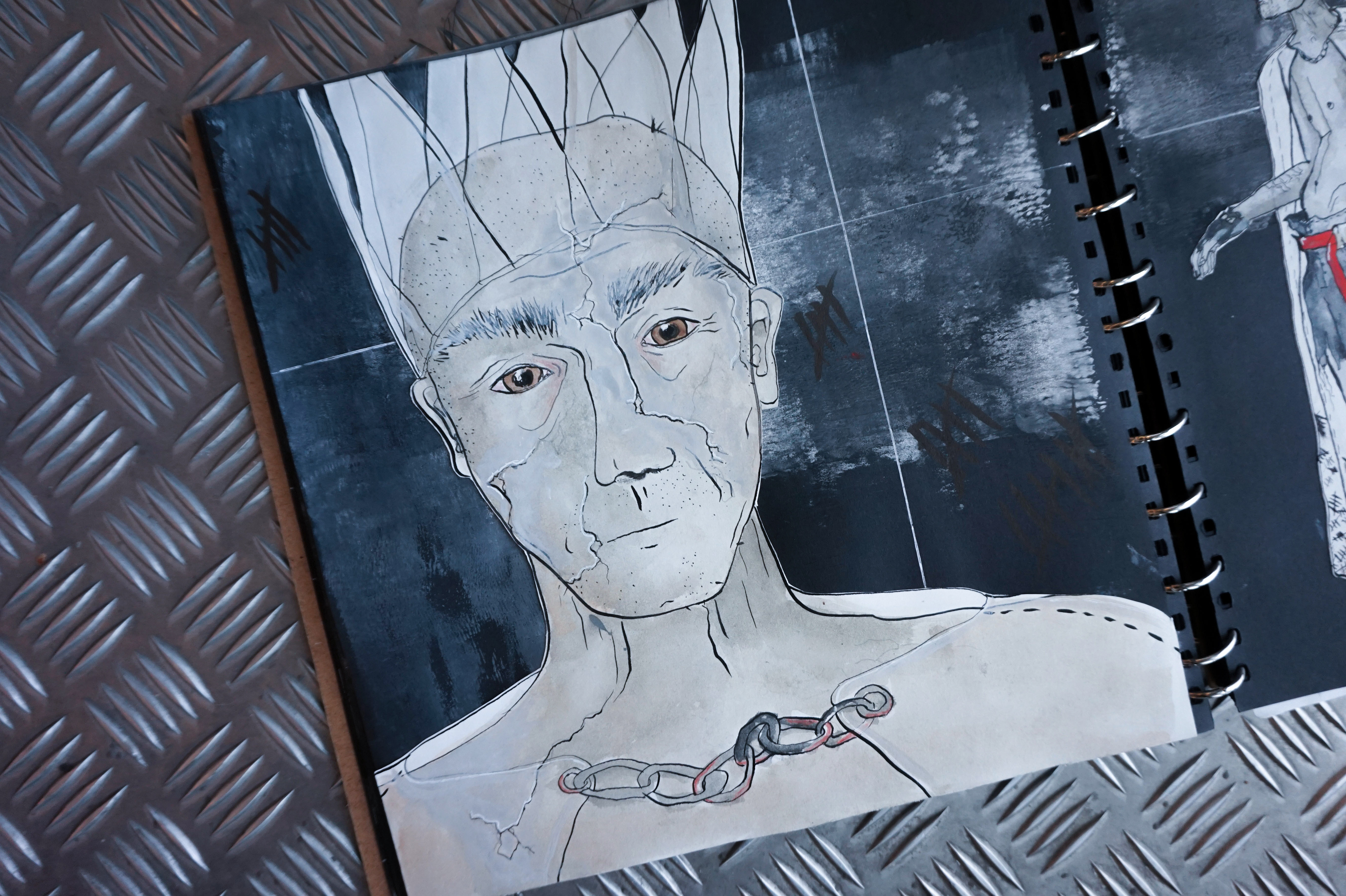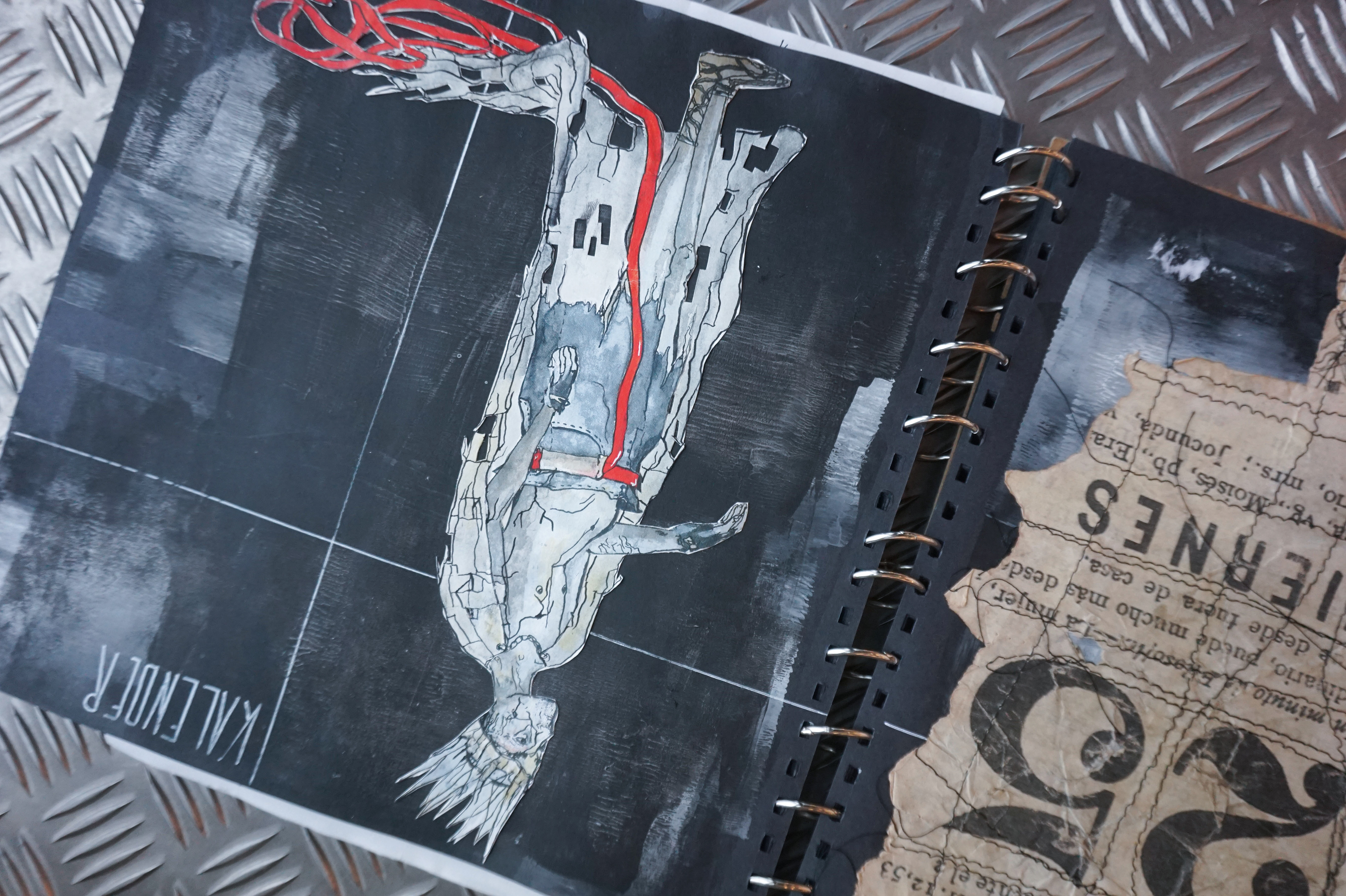My interpretation transposes the ancient myth into the modern world and raises existential questions that are highly relevant to our contemporary society. In my vision, Sisyphus is placed in a desert of concrete – a symbol of desolation, monotony, and the isolation of the modern working world. The belt made of tension straps that binds him to his labor reinforces the feeling of lack of freedom and compulsion that many people experience in their daily lives.
The question, "Do we work to live, or do we live to work?" thus becomes a central reflection: To what extent do we allow ourselves to be consumed by the modern working world? Does work become an end in itself, akin to Sisyphus' futile task, or should it be a means to enable us to lead a fulfilling life?
My depiction can therefore be read as a critique of today’s performance-driven society, which often pushes people into endless, mechanical routines without offering a deeper sense of purpose or reward. At the same time, it echoes Camus’ interpretation, suggesting that despite the absurdity, humans can find their path and dignity in their actions.
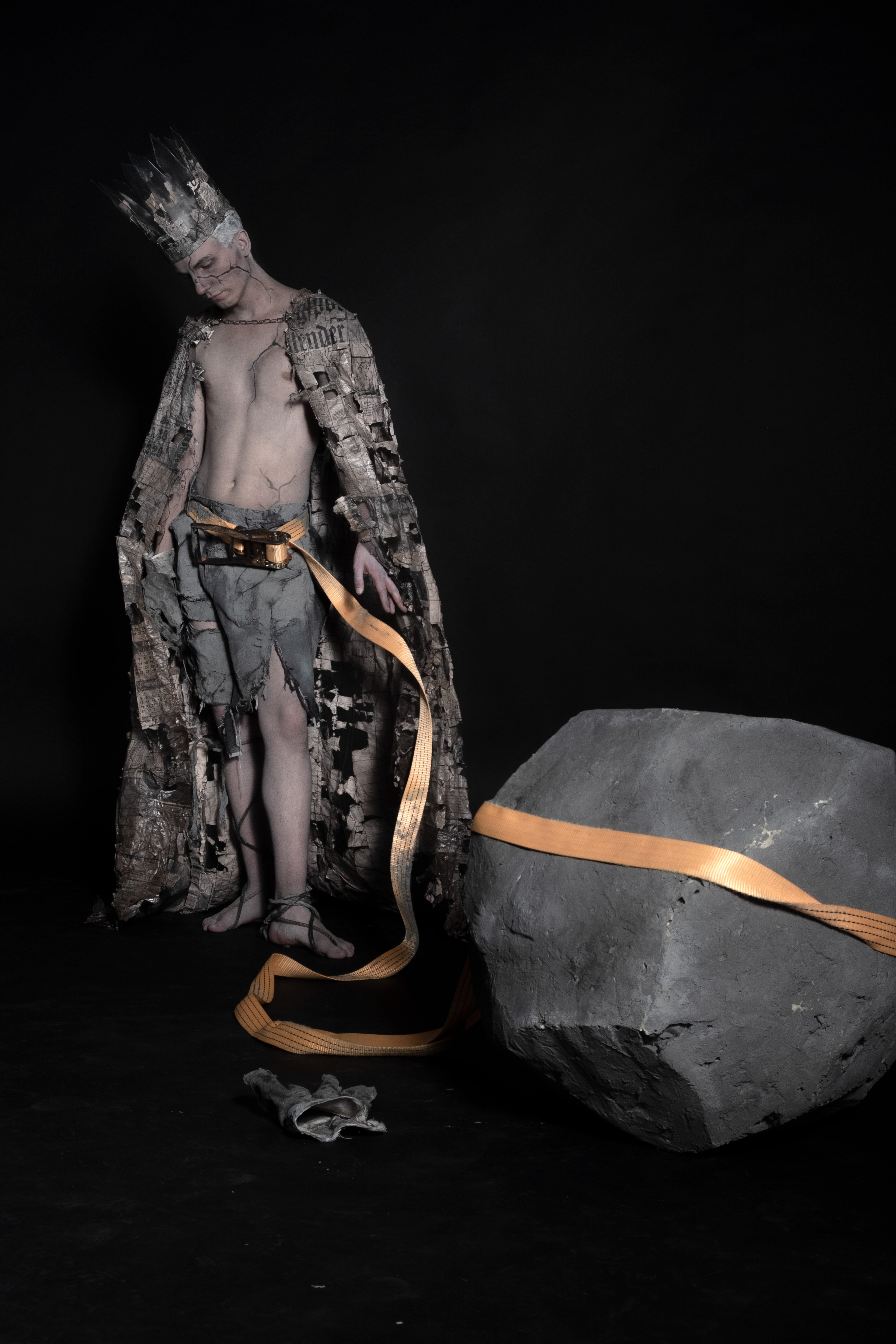
model: adam franz winter, photographer: linus kempa, designer: meike lütge-kalberlah
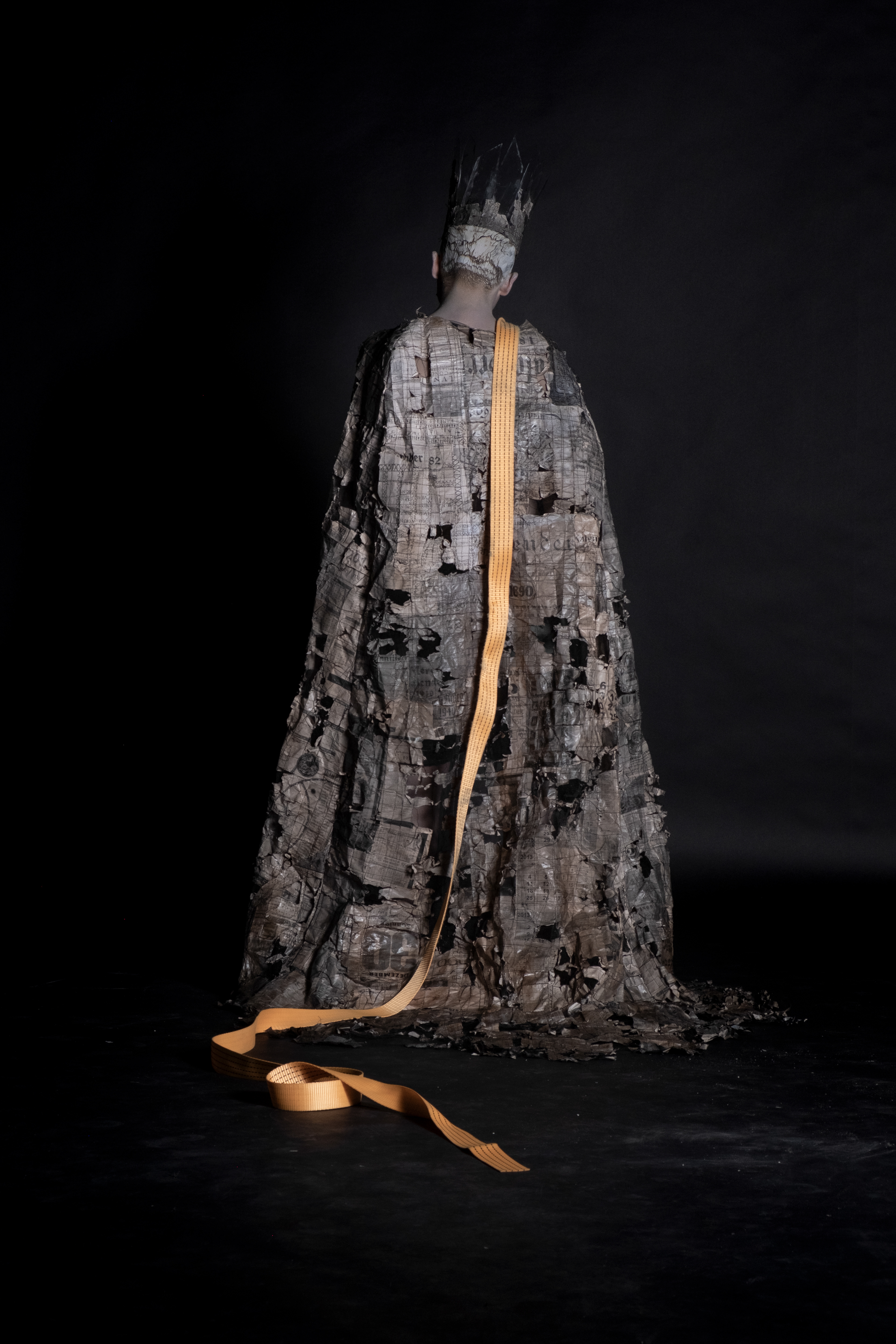
model: adam franz winter, photographer: linus kempa, designer: meike lütge-kalberlah

model: adam franz winter, photographer: linus kempa, designer: meike lütge-kalberlah
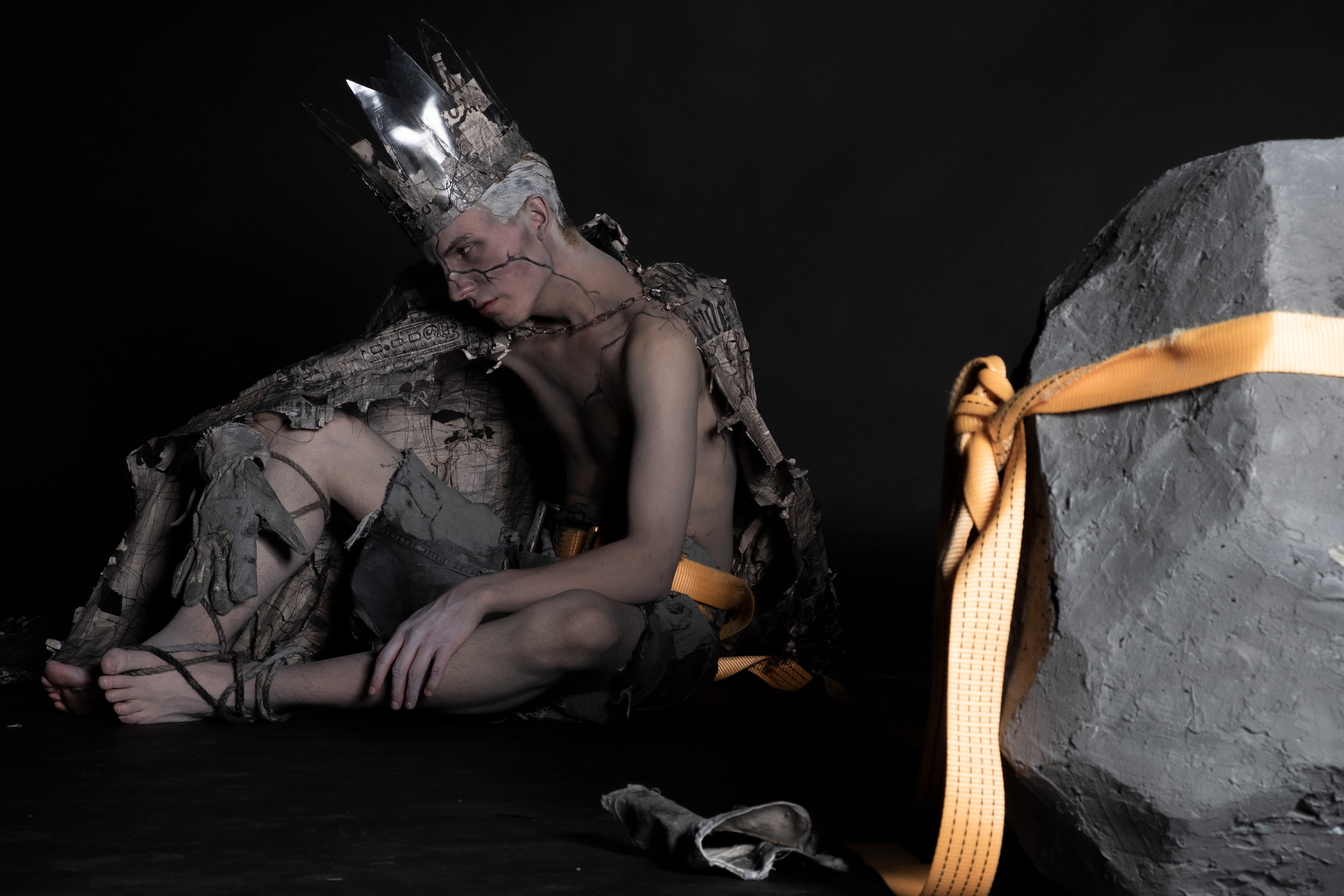
model: adam franz winter, photographer: linus kempa, designer: meike lütge-kalberlah
